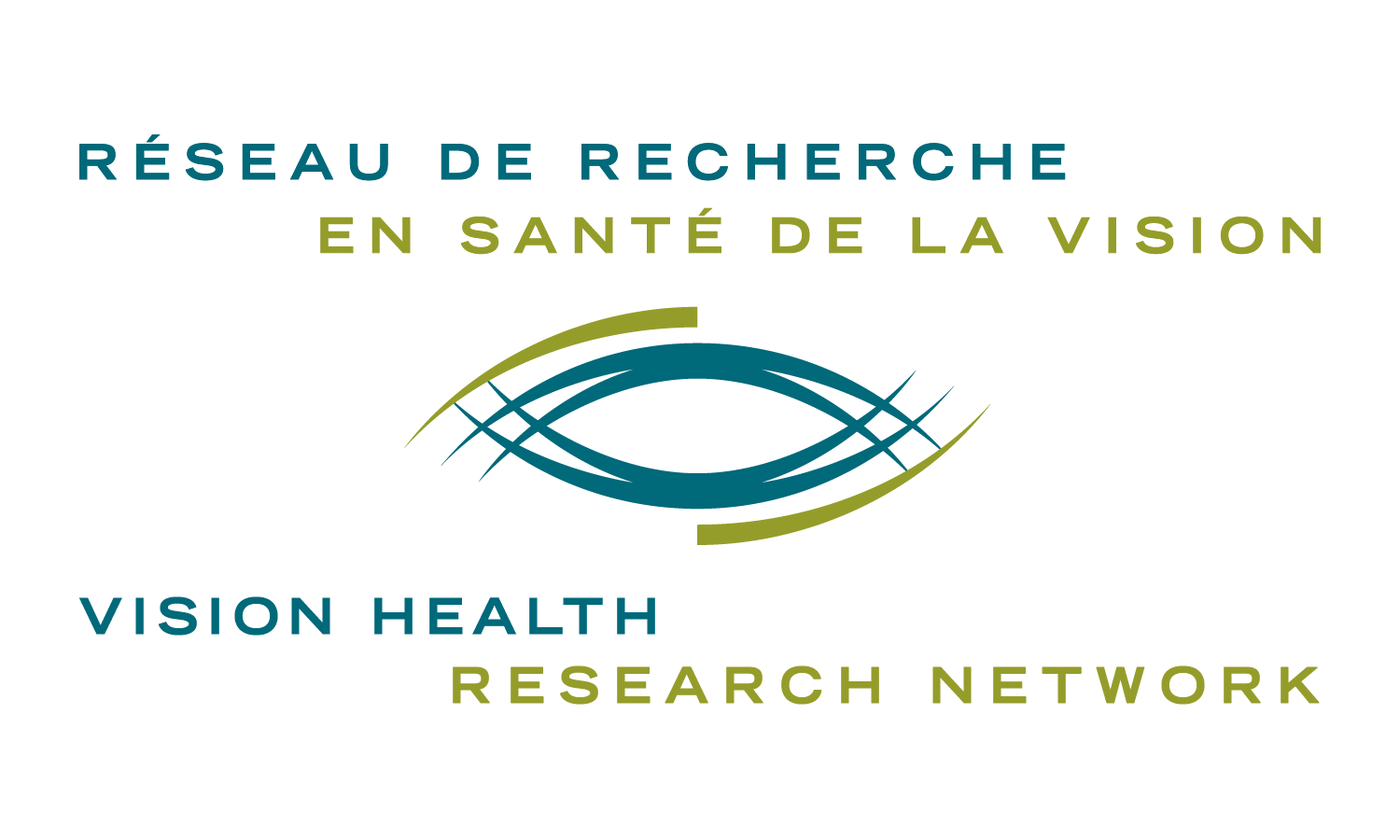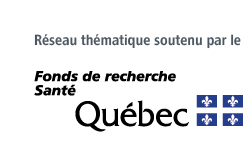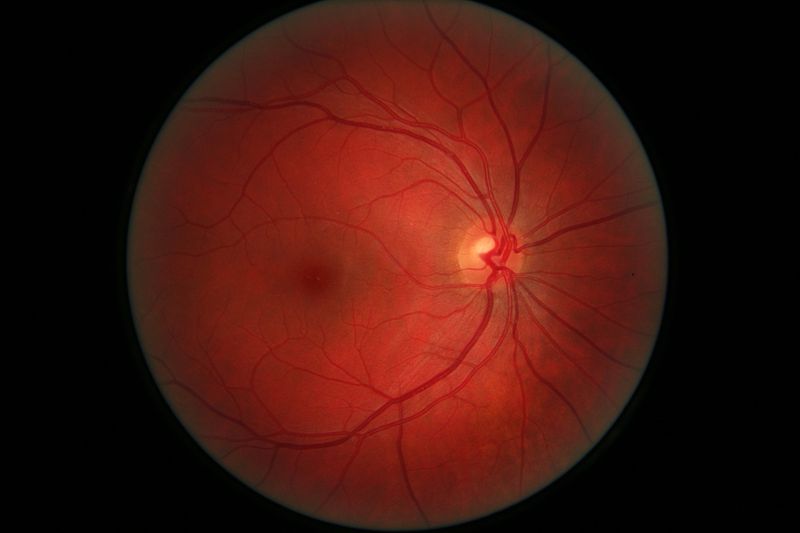Clinical database and biobank for retinal research at the CUO-Recherche clinique of the Centre de recherche du CHU de Québec-Université Laval
Funded since 2021
Goal
- Facilitate the access to vitreous and retina related specimens in patients operated for different retinal conditions
- Improve our understanding of different vitreo-retinal pathologies and thus improve patient’s care and vision.
Description
The samples collected by the biobank come from eye surgeries performed for various retinal and ocular pathologies such as cataracts, macular holes or diabetic retinopathy. In vitrectomy, for example, the vitreous is removed and replaced by another solution. This type of operation is also used to remove epiretinal membranes (ERM), a pathological cell membrane that can cover the retina. As part of the biobank, and with the patient’s prior consent, part of the vitreous and, if applicable, the ERM will also be stored at -80°C. Aqueous humor can sometimes be collected during surgery and stored in the same way. Then, for each sample, we will collect relevant clinical data, in relation to the patient’s ocular and general health. In addition, some patients requiring vitrectomy have concomitant retinal pathologies such as AMD and diabetic retinopathy. This will enable us to have samples in the biobank from patients with different diseases affecting the eye. In the future, the biobank would like to extend its activities to anterior segment pathologies such as Fuchs’ endothelial dystrophy or dry eye.
Impact
The samples collected by the biobank will enable advances in biomedical research into ophthalmological pathologies. In addition, the biobank will promote translational research into eye diseases.
The availability of samples and data from the biobank has already contributed to a prestigious Fighting Blindness Canada (FBC) grant awarded to Université Laval ophthalmology resident Delphine Gobert. This study will provide a better understanding of the role of microglial cells in diabetic retinopathy.
Accessibility
The infrastructure is available to researchers who are members of the RRSV and whose projects have been approved by an ethics committee. The databank could encourage collaboration between Network members, but also with external researchers, since it is accessible to the latter.
Steps are underway to implement a data collection solution using REDCap software. This platform will enable authorized users to consult the database and select samples meeting their criteria of interest. RedCap is a secure platform that meets the requirements of clinical research.
Infrastructure administrator
Ali Dirani, MD, MSc, MPH, chercheur universitaire clinicien (ophtalmologiste et chirurgien de la rétine et du vitrée) de l’Axe Médecine régénératrice, Hôpital Saint-Sacrement, Professeur clinique, Département d’ophtalmologie et d’oto-rhino-laryngologie – chirurgie cervico-faciale, Faculté de médecine, Université Laval
Contact information
Julie Mauger – julie.mauger@crchudequebec.ulaval.ca
Sébastien Méthot – sebastien.methot@crchudequebec.ulaval.ca
Funding
Vision Health Research Network, Fighting Blindness Canada (FBC)


